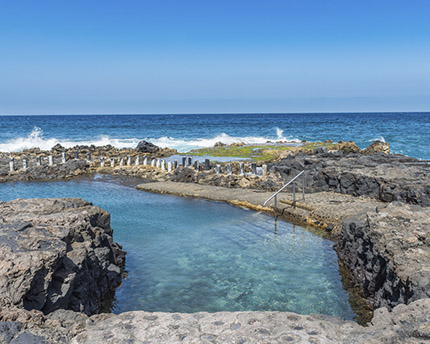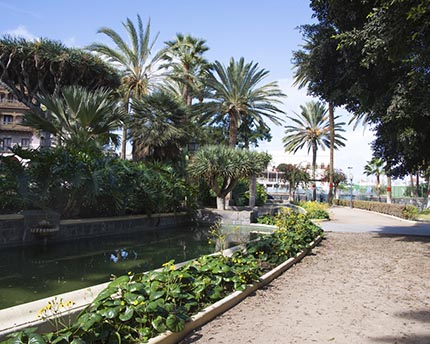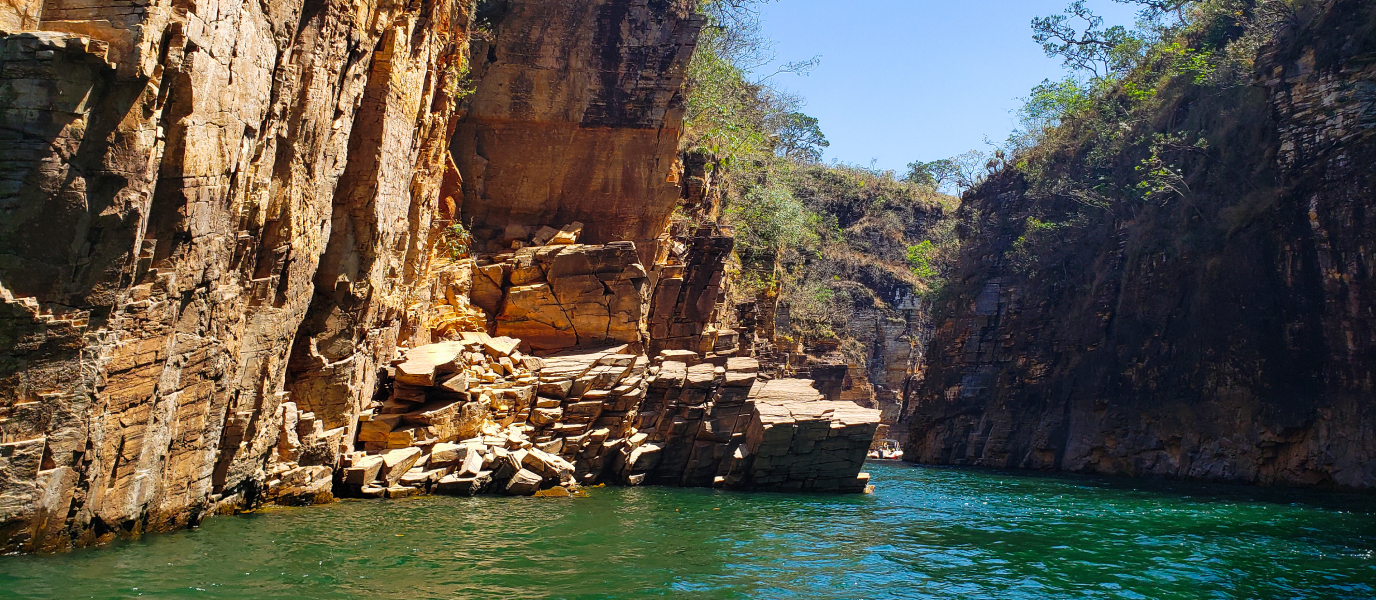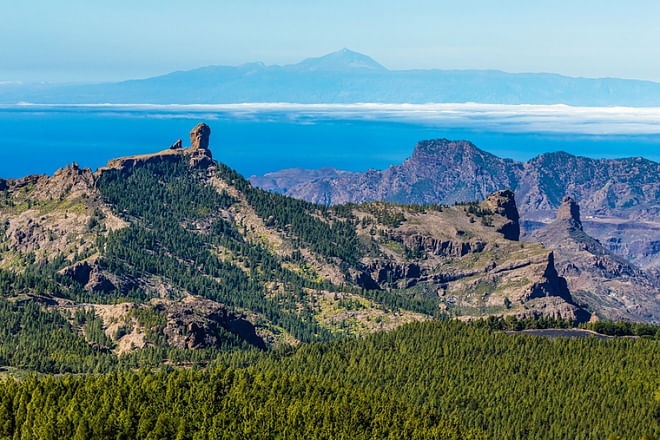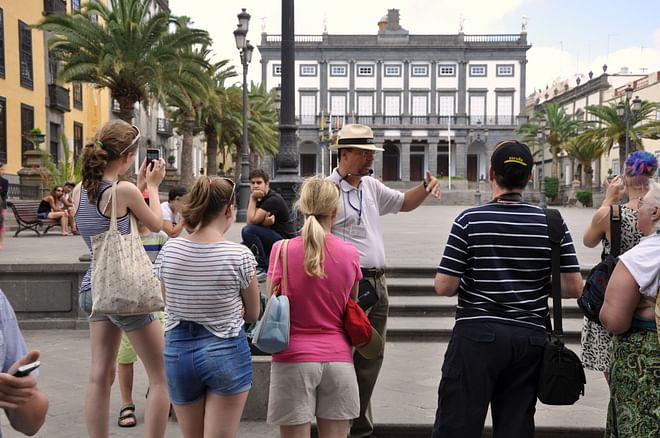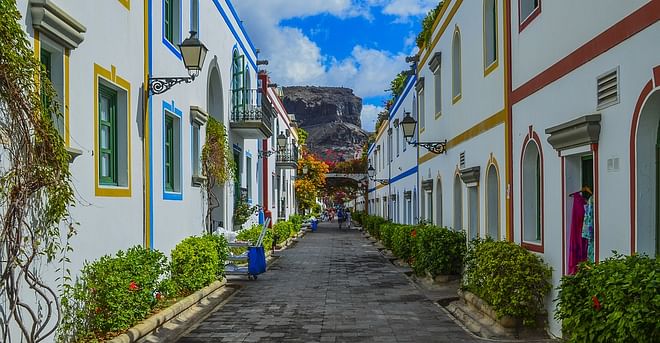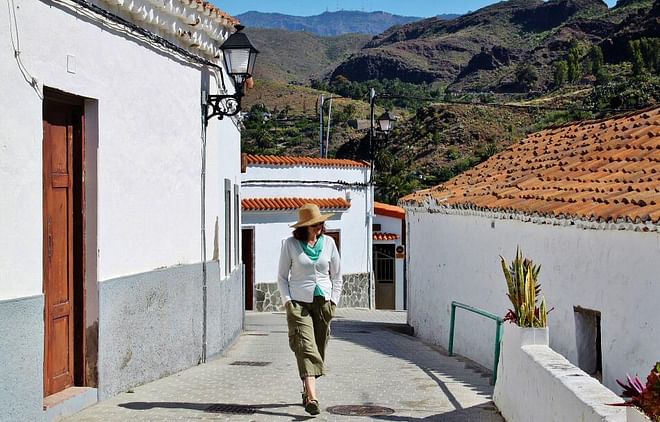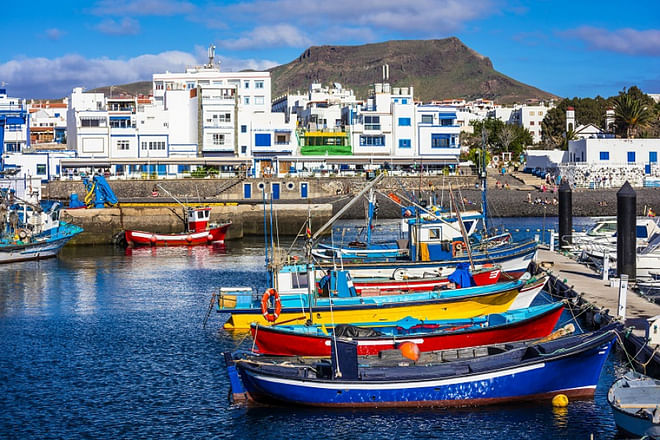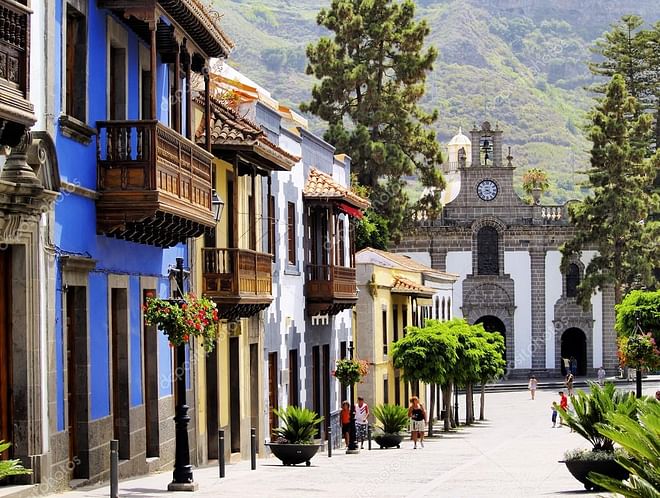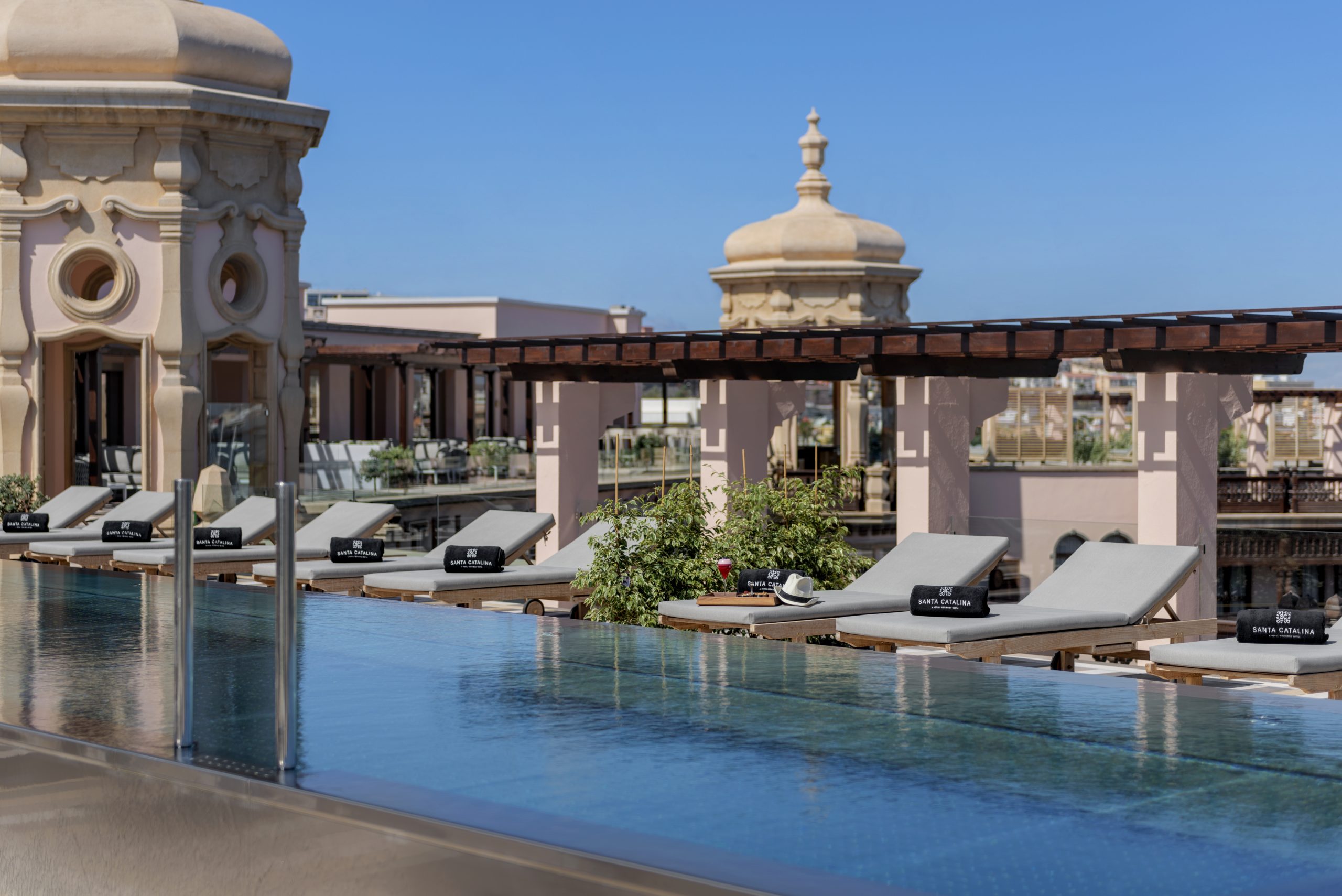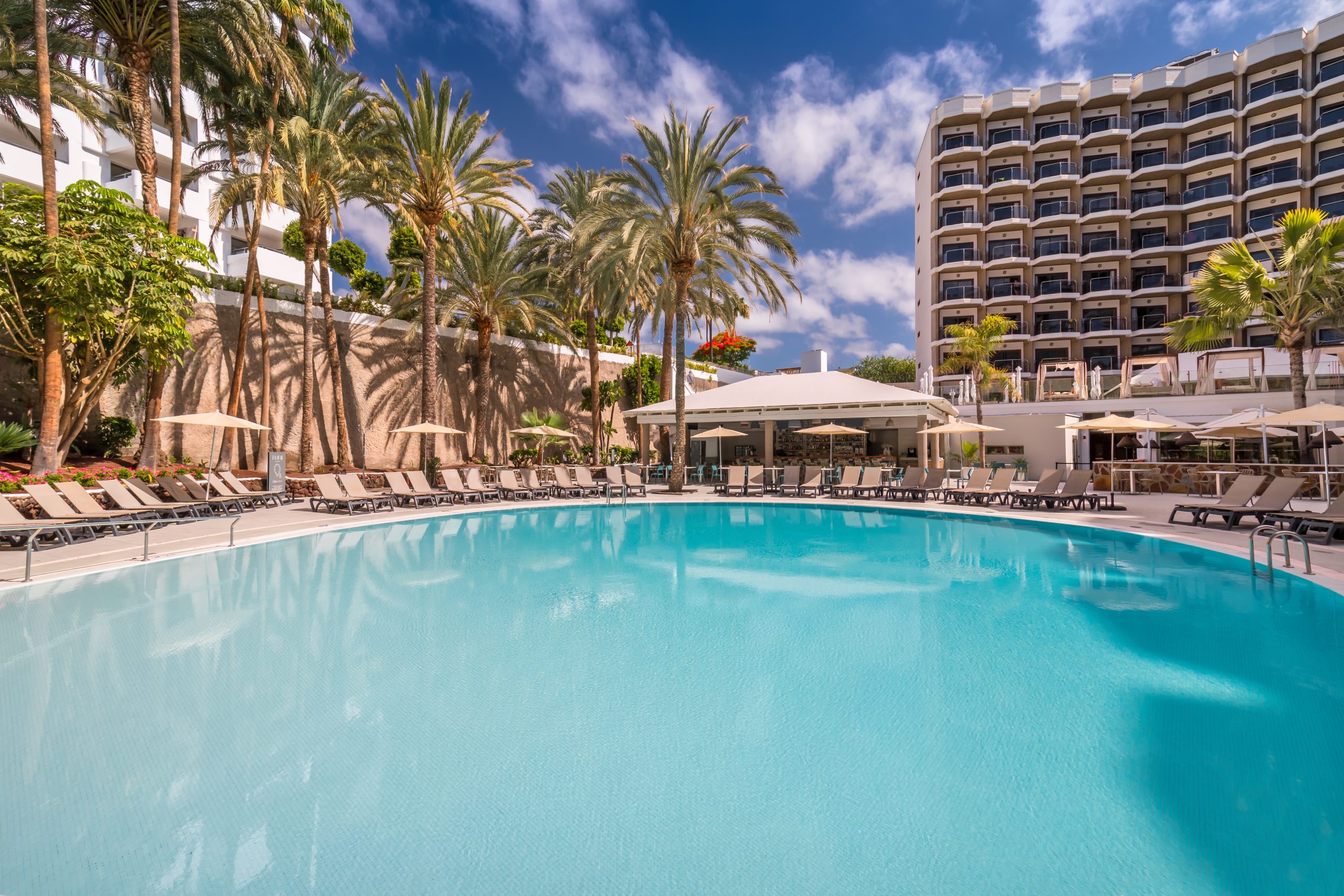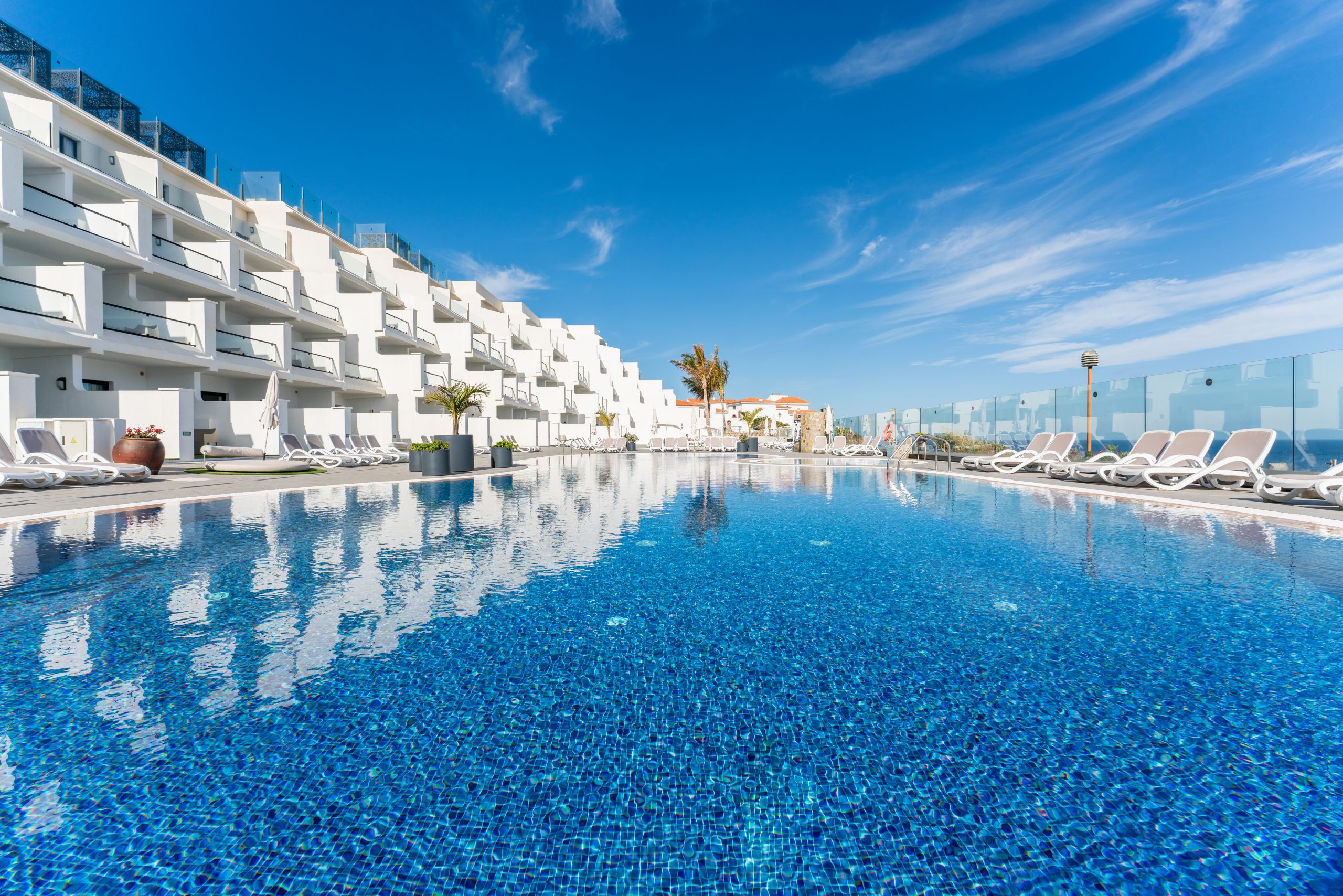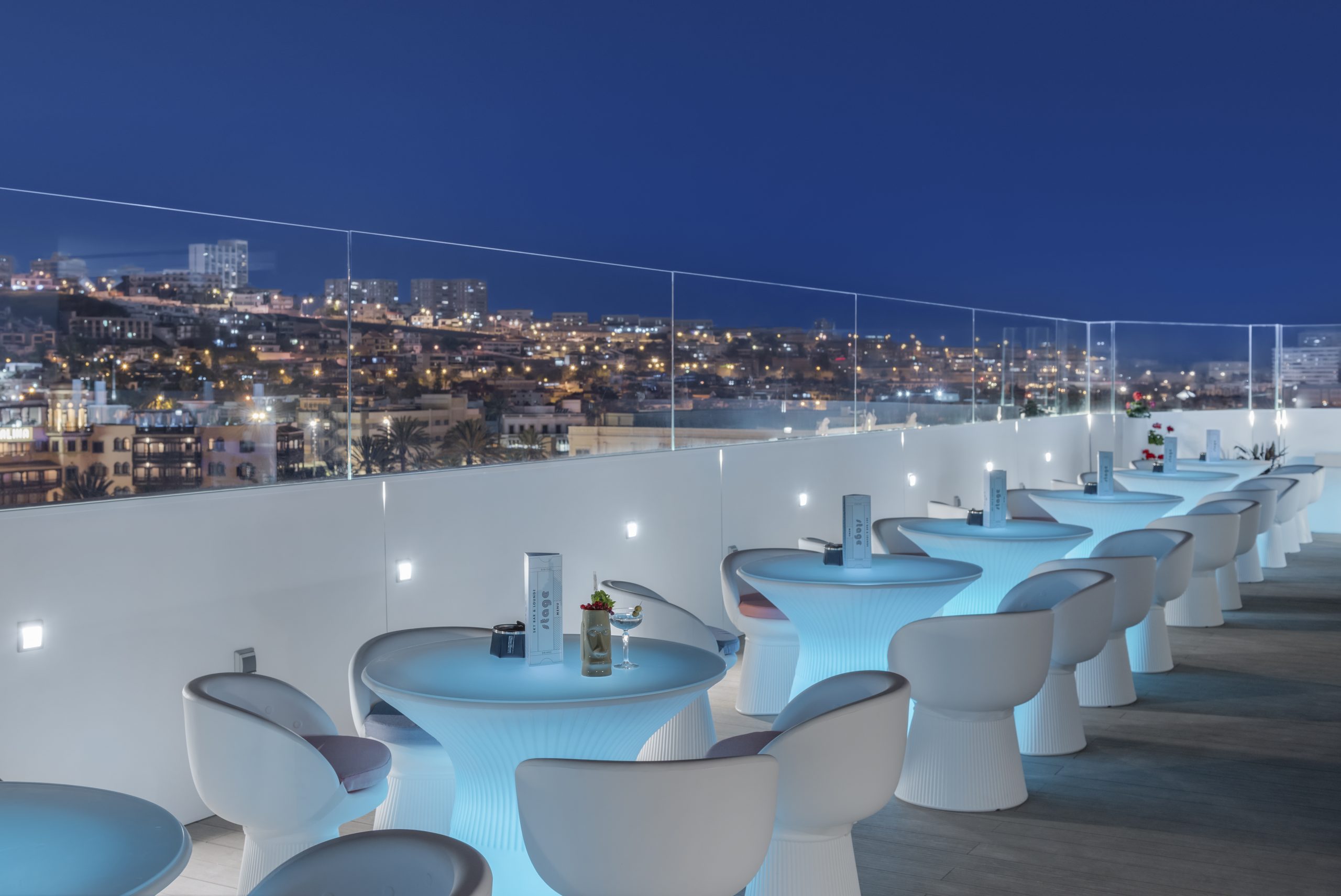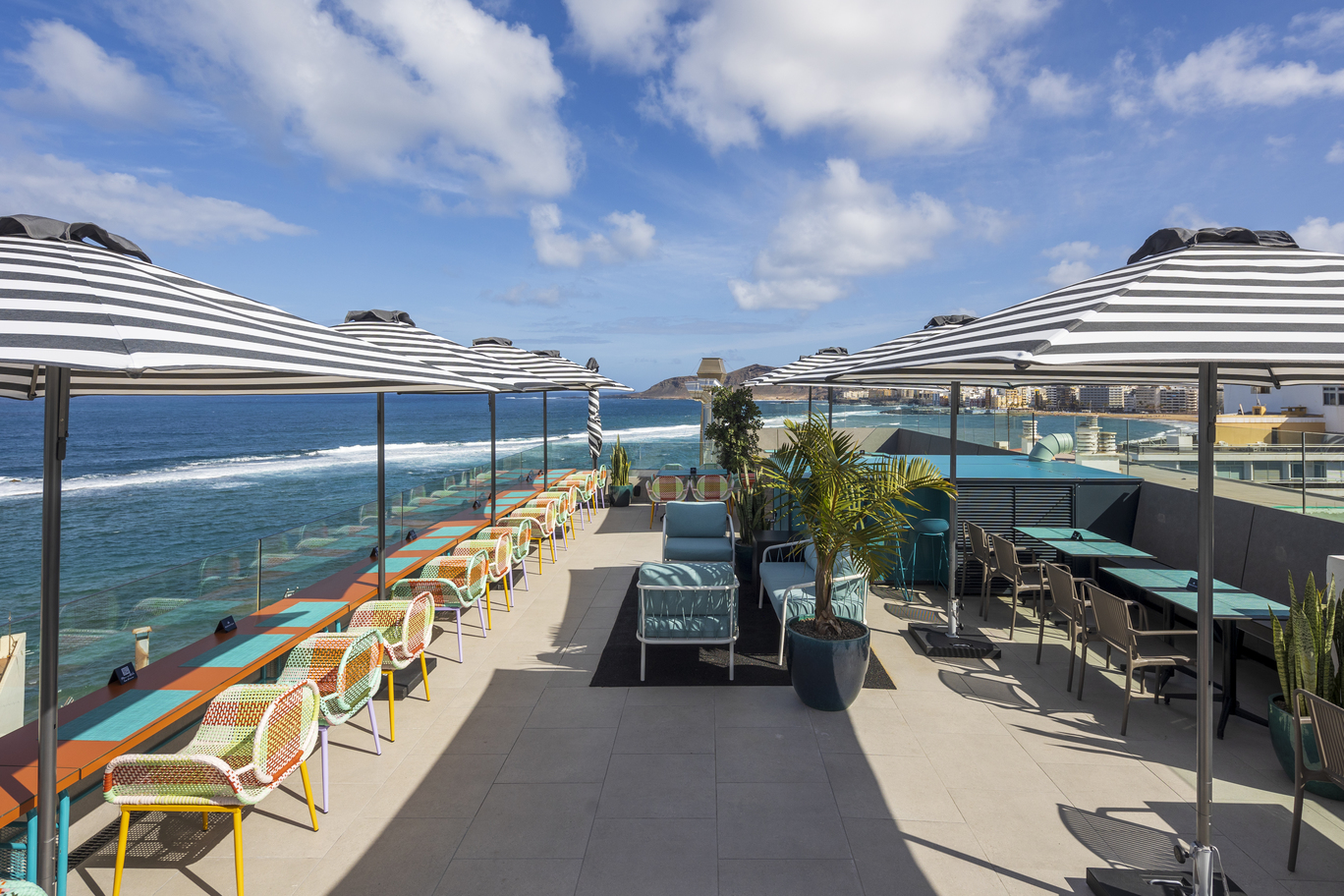The more than 300 holes cut into the side of mount Gallego in Gran Canaria is a sight to behold. It is even more impressive when you think that they have been there for over 800 years. The native Canarians were incredibly ingenious and this structure was designed to keep their harvested goods safe from thieves, animals and the elements. You will find the hollows in the north of the island, near Santa María de Guía.
It is no surprise that this archaeological wonder was declared a monument of cultural interest in 1974 and that nowadays it is one of the most visited archaeological sites on the Canary Islands. Find out a little bit more about this primitive pantry before you head there and see it for yourself.
What does cenobio mean?
The word cenobio refers to a word of Greek origin that is used in Spanish as a synonym for monastery.
Cenobio de Valerón takes its name from a legend. The legend said that the silos that were built to store grain, seeds and fodder were, in actual fact, chambers where young high-class women slept until they were married. They were kept there under the watchful eye of the harimaguadas, female members of a socio-religious institution that existed long before the Canary Islands were conquered, as they were prepared for their new life. Whilst it has been demonstrated that there is no truth to the story, it doesn’t actually seem that ludicrous when you see the size of the holes carved into the stone.
A communal grain store in the mountains
The holes were not a monastery at all but a communal grain store. They were made by hand by the native inhabitants of the island. They used the natural shelter provided by the vertical wall of the ravine and the natural overhang around twenty-five metres above it.
At the time, cultivating cereal crops such as barley and wheat was one of the major economic pillars of the island and, as such, it was hugely important to store grain well between each harvest. Additional grain stores on the island are testimony to this. For example, the Pósito, Palomas, Álamo and Montañeta caves.
It is really worth going to Cenobio de Valerón to get an idea of the details and dimensions of the construction. The stores are different shapes and sizes and some of them are even interlinked. There are steps to reach the top holes since there are up to eight storeys of caves cut out of the solidified lava – a white, porous stone – on the wall known as Cuesta de Silva.
The interior walls of the silos were covered with cement and, once the grain had been stored away, the wood or stone doors were closed and sealed with mud. A group of people guarded the place day and night.
Reasons to visit Cenobio de Valerón on Gran Canaria
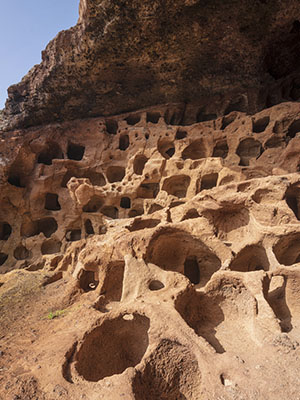
Whilst the terrain is rather rugged, it is perfectly possible and safe to visit Cenobio de Valerón. The route is suitable for anyone who is able to navigate ramps and steps.
It is a wonderful way of learning more about the way of life, economy and architecture of the native Canarians. When you’re there, you also get the added extra of a breathtaking view of the area.
If you do go to Cenobio de Valerón, don’t miss the opportunity to visit Santa María de Guía, too. It is one of the prettiest places on Gran Canaria and there are a number of interesting things to see such as the old quarter and Santa María de Guía Church.
Other archaeological sites on Gran Canaria
If you love history and archaeology then you’ll love Gran Canaria. In addition to Cenobio de Valerón, there are a number of other archaeological sites that are open to the public. Some of the best ones are:
- Maipés archaeological remains in Agaete. You will find the remains of 700 tombs dug into solidified lava. The oldest ones date back over 1,300 years.
- Cañada de los Gatos in Mogán. This is where you will find the remains of a settlement built from stone, two cemeteries and burial monuments that are around 1,500 years old.
- Negrópolis Arteara in San Bartolomé de Tirajana. This cemetery has almost 900 tombs dating back around 1,300 years. They are striking because they were built on rocks that had fallen from mount Gitagana.
- Cueva Pintada painted caves in Gáldar. These painted caves are classed as the Sistine Chapel of the native Canarians. Inside you will find fine examples of pre-Hispanic art work.
- Guayadeque ravine between Agüimes and Ingenio. This area of land is really rather impressive and you will see hundreds of cave dwellings carved out of the mountain. There is an information centre so that you can learn all you need to know about the area and what life was like there.




































































